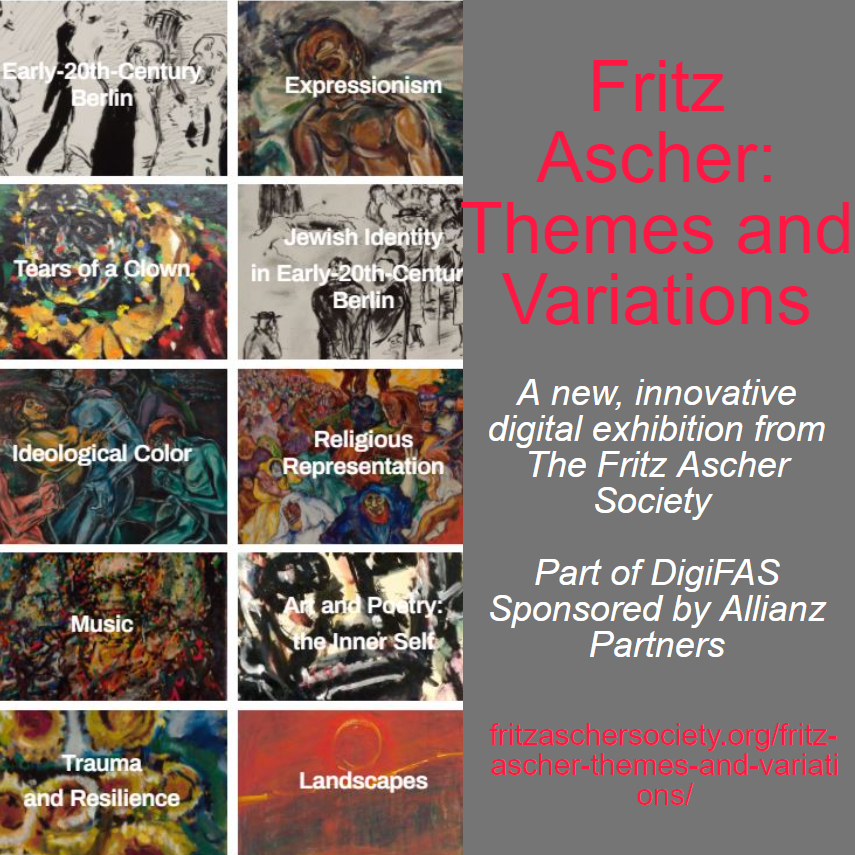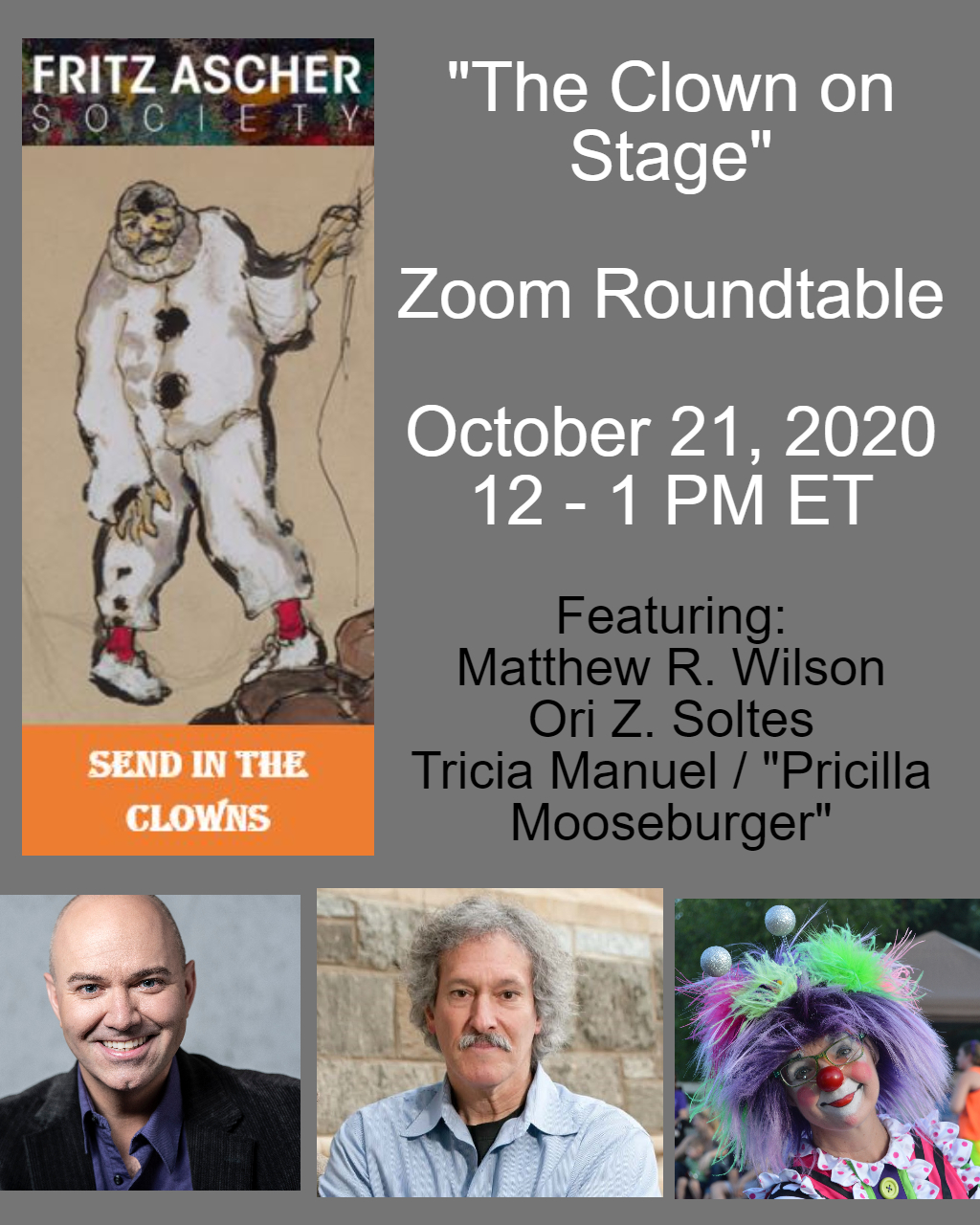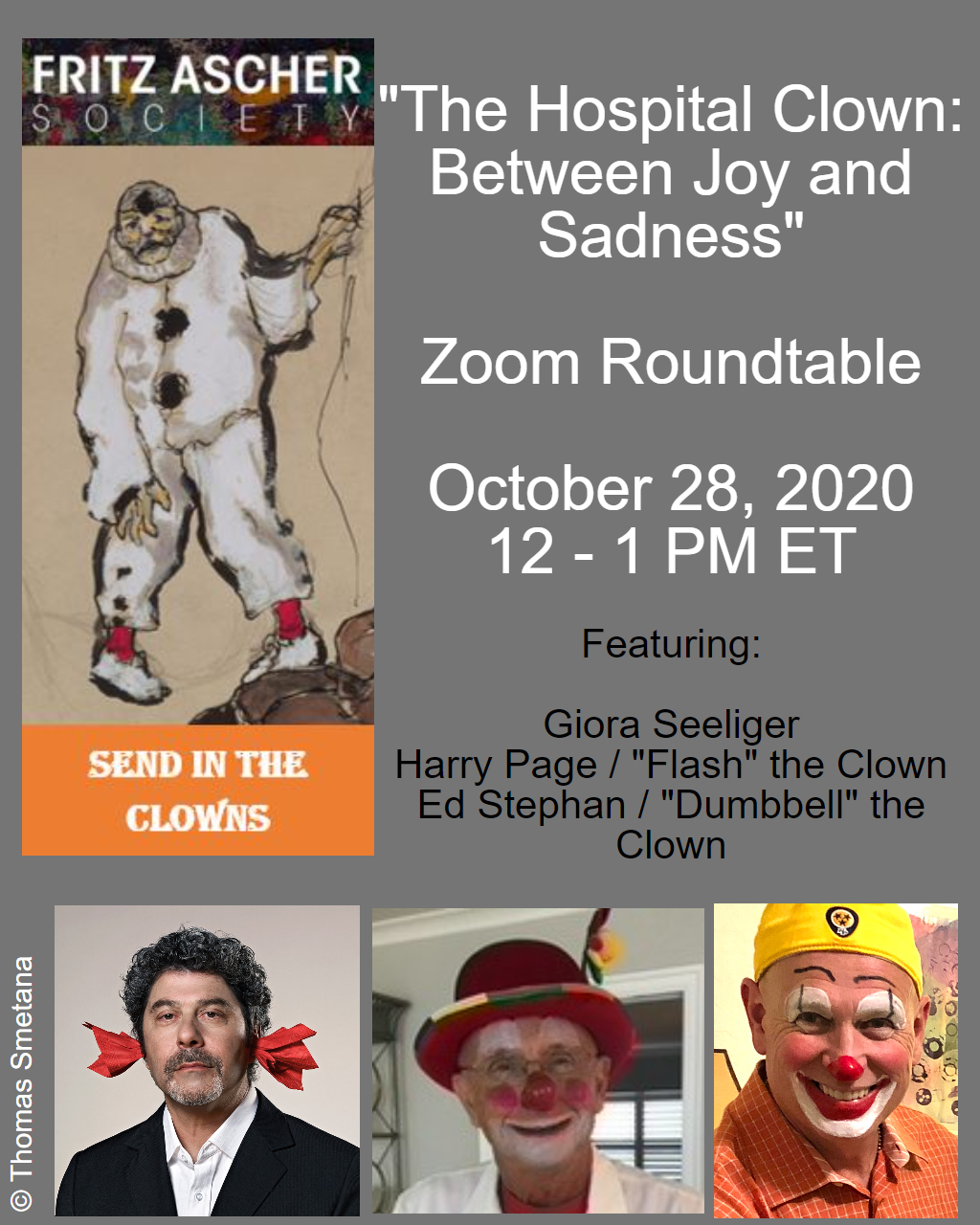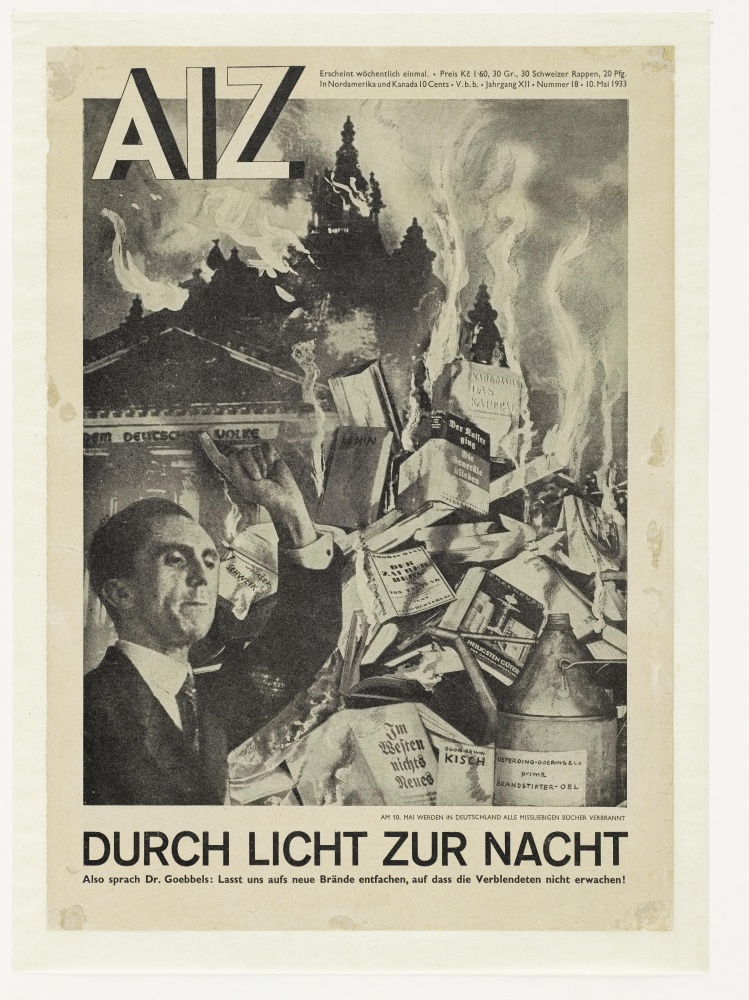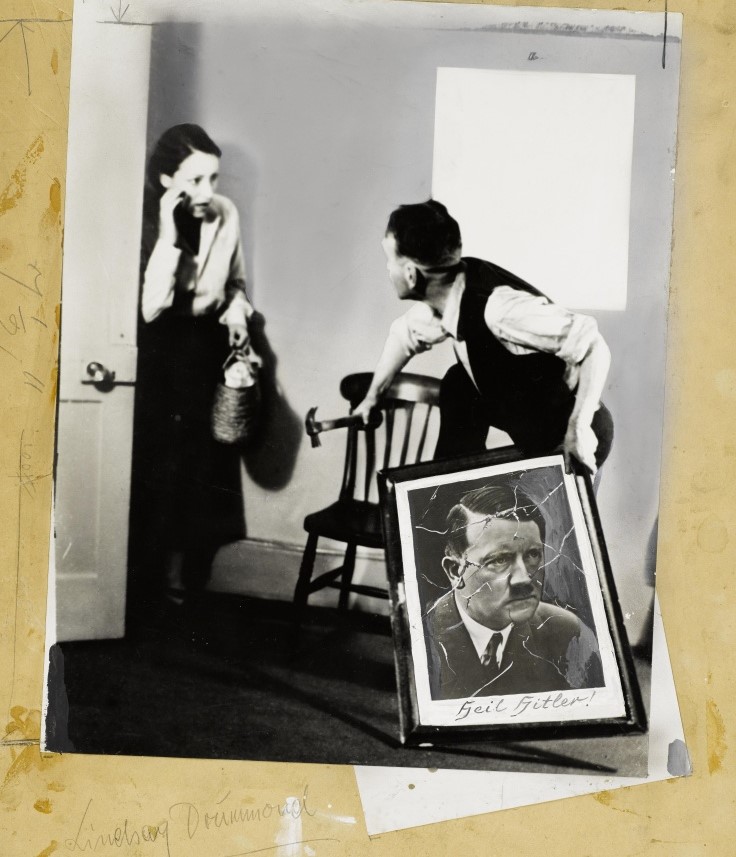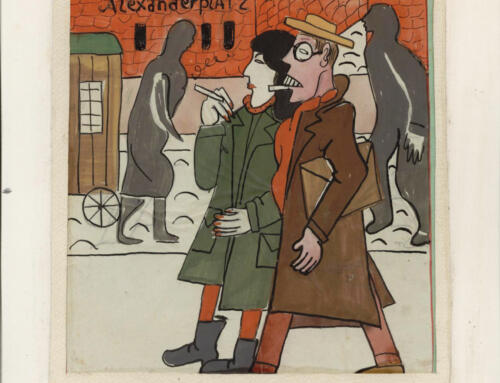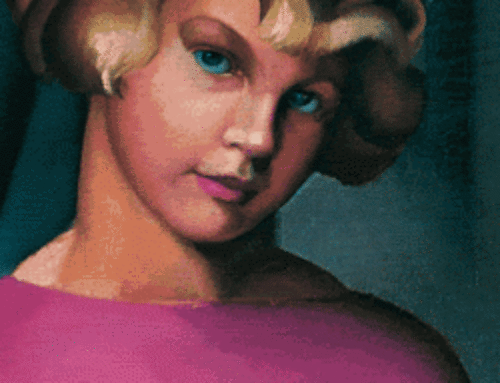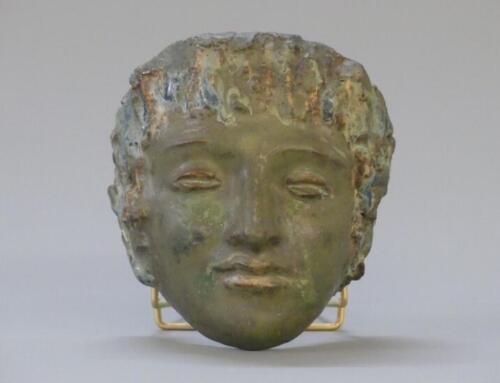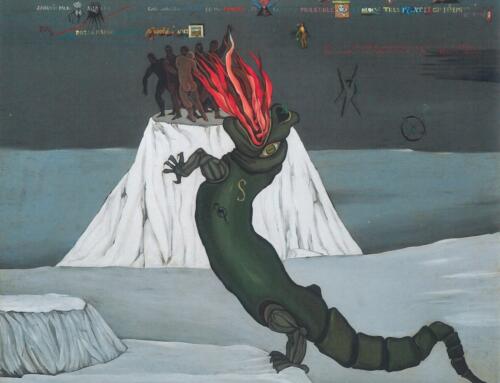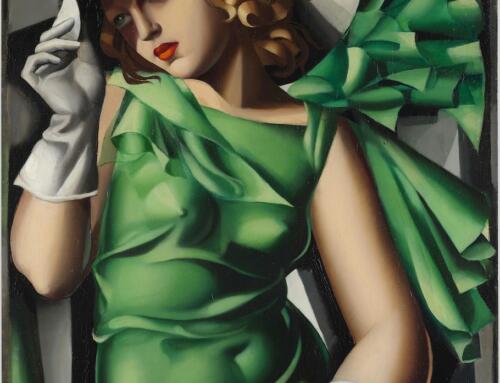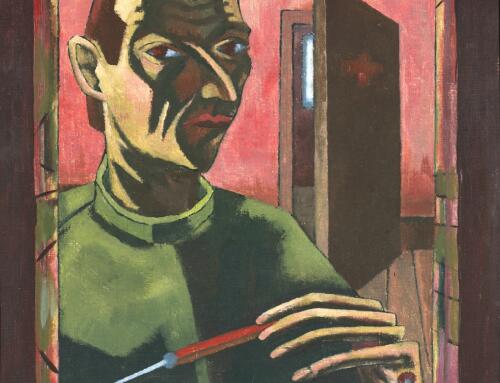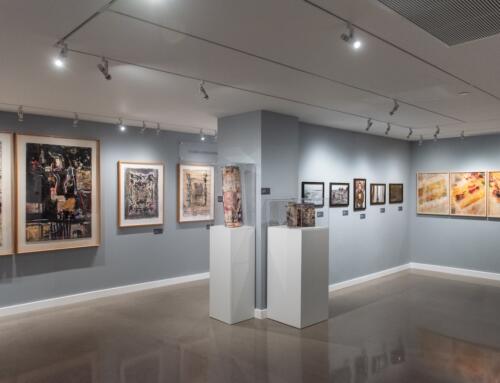Dear Friends,
On October 17 we celebrate Fritz Ascher’s birthday – this year with the launch of DigiFAS – diverse, innovative digital initiatives that provide new ways of engagement with the art and life of artists persecuted by an authoritarian regime. DigiFAS is generously sponsored by Allianz Partners.
This launch includes the Society’s first-ever fully digital exhibition “Fritz Ascher: Themes and Variations.” You can explore the exhibition HERE. We have worked on this for months and can’t wait for your reactions!
We also invite you to participate in the 2- week digital engagement project “Send in the Clowns,” which explores the clown as a figure between tragedy and comedy, between self- identification and stage–a character designed to (literally) mask the performer’s true feelings behind a facade of happiness. “Send in the Clowns” uses the prominence of the “clown” figure in Fritz Ascher’s work as a lens through which to explore the duality of the clown both historically and today. Using social media platforms as well as Zoom, “Send in the Clowns” includes two virtual roundtables:
—one entitled “The Clown on Stage,” featuring a commedia dell’arte scholar, an art history and theology scholar, and the founder of a clown school in Minnesota (REGISTER HERE);
—the other “The Hospital Clown: Between Joy and Sadness,” featuring the founder of Red Noses Clowndoctors International and two clowns currently working in the pediatrics wards at American hospitals (REGISTER HERE)
—as well as further posts exploring Ascher’s interest in the subject, and Twitter and Instagram takeovers by a current clown and a theater scholar.
You can find the full schedule HERE.
The clown is also subject of the exhibition “The Loner. Clowns in Fritz Ascher’s Art (1893-1970),” which is on view until November 29, 2020 at Forum Jacob Pins in Höxter, Germany. The exhibition for the first time shows Ascher’s entire group of works on the subject of the clown, which occupied the artist throughout his life. From about 1916 Fritz Ascher dealt intensively with the figure of the clown, the Bajazzo, in paintings, drawings, lithographs and poems, at about the same time with artists such as Max Beckmann, Marc Chagall, or Pablo Picasso. Based on the opera I Pagliacci by Ruggero Leoncavallo (1857-1919), which was popular in the 1920s, he created both scenic representations of the tragic love burlesque and studies of the bajazzo, the Pagliaccio or the clown as a single figure. The intensity in the artistic expression of the figure refers to analogies to himself, the increasing parallelism between role and own artistic self.
DigiFAS also provides a new home for our Zoom lecture series “Fight or Flight. stories of artists under repression,” generously funded by Allianz Partners.
On November 4, 2020 at 12:00pm EST Rosa von der Schulenburg, Head of the Art Collection at the Academy of Arts in Berlin, will speak about “John Heartfield (1891-1968). His Political Engagement and Private Life in London.” VIEW THE EVENT HERE.
John Heartfield, The cautious heroes. „Stop, Fritz! Stop! He´s still alive!“,
Originalmontage für J.J. Lynx (Hg.): The Pen is mightier, Lindsay Drummond, London, 1946,
Fotomontage, Silbergelatineabzug, Spritzretusche, Pinselretusche, Deckfarbe, kaschiert
Akademie der Künste, Berlin, Inv.Nr. JH 482 © The Heartfield Community of Heirs / VG Bild-Kunst, Bonn 2020
John Heartfield (1891-1968) was a German visual artist who pioneered the use of art as a political weapon. This presentation starts with some preliminary remarks about John Heartfield’s bequest in the Akademie der Künste in Berlin and shows how it is accessible nowadayns. A short introduction of how all began follows, showing the background of the birth of Heartfield’s political photo-montages (World War I, Dada, Communist Party, Willi Münzenberg’s Die Arbeiter-Illustrierte-Zeitung in short AIZ), glances at Heartfield’s first exile stage in Prague and then focuses on his 12 years as an emigrant in London, asking how a German communist artist could continue working in exile in Great Britain during the war.
On December 3, 2020 at 12:00pm EST Lynette Roth, Curator of the Busch-Reisinger Museum and Head, Division of Modern and Contemporary Art, Harvard Art Museums in Cambridge (MA) will speak about “White Shadows: The Photograms of Anneliese Hager (1904-1997).” REGISTER HERE.
Please attend our events, in-person and online!
Ever Upwards!
With all best wishes,
Rachel Stern, Director and CEO
Join the conversation!
#FritzAscher
@FritzAscherSociety
Follow us on instagram or twitter, befriend us on facebook, or check out our website!
artwork Fritz Ascher ©2020 Bianca Stock, Photo Malcolm Varon


